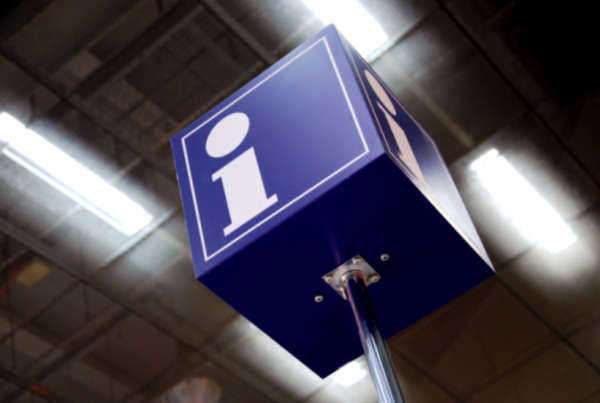General Assembly vs. National Assembly




The North Carolina General Assembly refers to the State Legislature of North Carolina. This government body consists of both the North Carolina House of Representatives and the North Carolina Senate.
There are one hundred twenty members in the House, and fifty members in the Senate. There are no term limits for any members in the North Carolina General Assembly. North Carolina General Assembly members serve two-year terms. Except in special occasions or ceremonial sessions, the North Carolina General Assembly meets in the North Carolina State Legislative Building in the State Capital of Raleigh.
In the upper house of the North Carolina General Assembly, the 50 members represent larger districts than their counterparts in the lower house of the North Carolina General Assembly. However, the upper house does not have greater rights nor powers. The North Carolina State Constitution states that a senator must be at least 25 years old when elected, be a qualified voter, have been a citizen in the state for two years, and a citizen of the district for one year.
The State Constitution also states that in order to be elected to the lower house of the North Carolina General Assembly, representatives must be at least 21 years old, be a qualified voter in North Carolina, and reside in the district where they face election for at least one year prior.
As of the 2008 election, the North Carolina General Assembly is strongly held by the Democratic party, 30-20 in the Senate and 68-58 in the House. If you need legal advice and assistance, contact North Carolina lawyers.
 The New Jersey Assembly serves as the lower house of the New
The New Jersey Assembly serves as the lower house of the New
Jersey State Legislature. Since the 1968 session, the New Jersey Assembly has
consisted of 80 members. The members are elected from each of New Jersey’s 40 legislative districts. The members of the New Jersey Assembly represent districts with an average population of more than 210,000 individuals. To secure a post, a candidate must be at least 21 years of age, live in New Jersey for at least two years prior
to the election date, and be a resident of their district.
Being a member of the New Jersey Assembly is considered a part-time job. This
means than many members of the New Jersey Assembly also hold other forms of employment
in addition to their legislative jobs. A term in the New Jersey Assembly lasts for two years, with elections taking place in odd-numbered
years.
A 2007 law banned officials who have been elected to the New Jersey Assembly from
holding other elected positions, although several current members of the New
Jersey Assembly have been grandfathered in under the same State law.
The New Jersey Assembly is head by the Speaker of the Assembly; this post is elected by the
membership of the chamber. The Speaker is held responsible for deciding the
schedule for the New Jersey Assembly, which bills will be considered,
appointing committee chairmen, and running the agenda of the New Jersey
Assembly. Serving as the Speaker of the New Jersey Assembly places the Speaker
third in the line of succession to the Governor of New Jersey in the event that
the Governor, Lieutenant Governor, and President of the Senate are unable to
fulfill the role.

The Maryland General Assembly is the term used
to encompass the entire State Legislature of the State of Maryland. The General Assembly is a bicameral body. The upper body, known as the Maryland State
Senate, has 47 representatives, while the lower house, the Maryland
House of Delegates, involves 141 representatives. The General
Assembly meets for 90 days each year. The Maryland General Assembly acts on
more than 2,300 bills, including the State’s annual budget.
Members of both houses of the Maryland General Assembly serve four-year
terms. Each branch of the Assembly can punish or expel its own members,
establish rules for its own business, judge the qualifications and election of
its own members, and elect the officers for their own respective house.
According to the Maryland State Constitution, in order to be elected as a senator
or delegate the candidate must be a citizen of Maryland. Furthermore, the candidate must be a resident of the
district for at least one year prior to their election. Members of the Maryland
General Assembly are not term limited. If a vacancy develops, the replacement
is appointed by the Governor, who selects the replacement from a list submitted
by the State Central Committee of the same party of the legislator who vacated
the seat.
The State is divided into 47 districts, each of which involve a
senator and three delegates, with most of the delegates to the Maryland General
Assembly being elected throughout the entire district via block voting.

The California State Assembly is the lower house of the California State Legislature. There are 80 members of the California Assembly. These 80 members represent an approximately equal number of constituents. The population of each district is at least 420,000 people. This is the largest population per representative ratio of any lower house of the State Legislature. The only Assembly with a higher ratio is the Federal United States House of Representatives.
Following a 1990 ballot initiative, members of the California Assembly have been restricted through term limits, which confine them to three two-year terms.
The California State Assembly convenes at the California State Capitol in Sacramento. The Speaker of the Assembly presides over the California Assembly in the chief leadership position, which controls the flow of legislation and committee assignments. The election of the Speaker of the California Assembly follows an election by a majority party caucus, which must be followed by confirmation of the full California Assembly in the form of a floor vote. Other positions in the California State Assembly, such as the Majority Leader and the Minority Leader, are elected to those positions by their respective party caucuses relative to each party's strength in the California State Assembly.
The chamber in which the California Assembly meets features green tones, which are meant to replicate the British House of Commons. The dais is against a wall that is shaped like an "E," the central projection of which houses the rostrum.
If you need legal advice and assistance, contact California lawyers.

